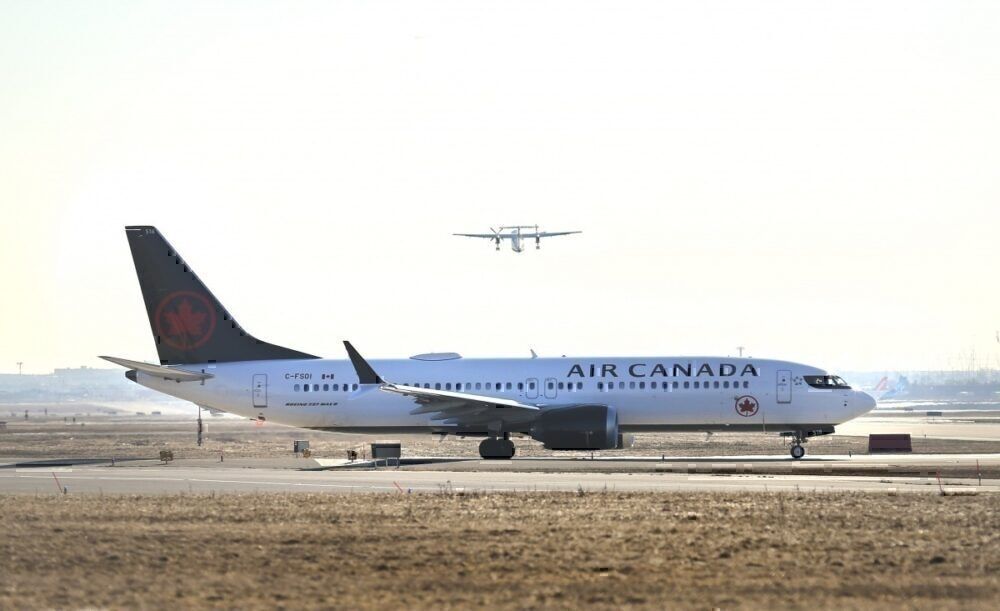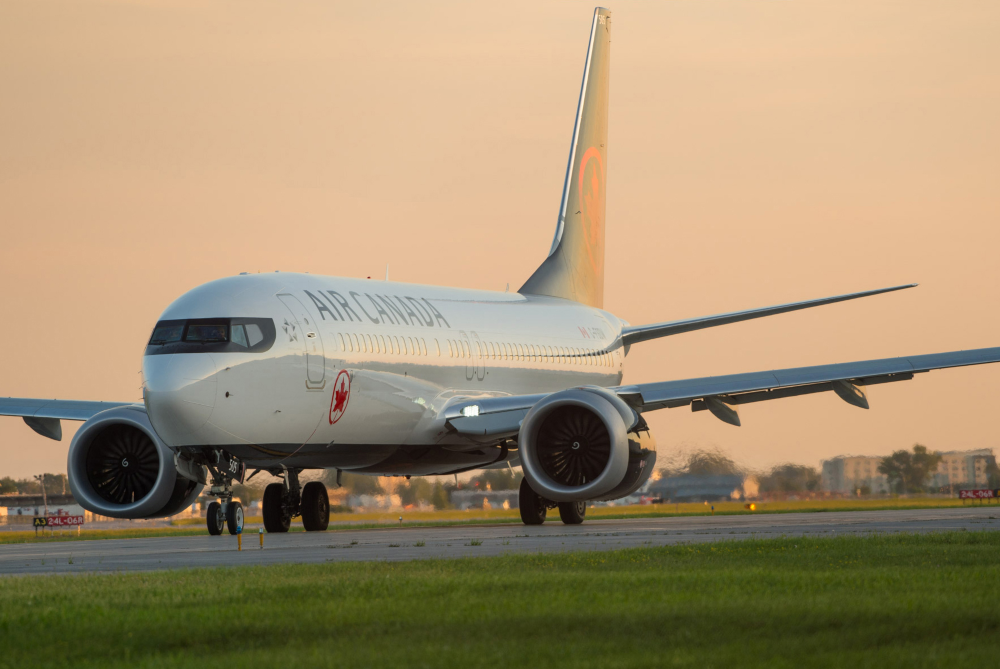With Transport Canada giving the Boeing 737 MAX the green light to fly within Canada later this week, Canada's two big airlines are prepping their MAXs to fly passengers again. WestJet has said they'll begin flying the 737 MAX later this week. Air Canada will resume services on February 1. But it's not simply a matter of pumping up the tires and refueling. Transport Canada has required some significant changes to be made to Canada's MAXs before they can fly passengers again.
Canadian 737 MAX Airworthiness Directive now issued
On Monday, Transport Canada issued an Airworthiness Directive for the Boeing 737 MAX. That directive addresses Transport Canada’s outstanding safety concerns. It also ends the department’s review of the aircraft. The Airworthiness Directive requires Canadian MAX operators such as Air Canada and WestJet to make changes to their MAXs before carrying passengers.
Firstly, operators must install a new version of software for the Flight Control Computer. This addresses issues related to the Maneuvering Augmentation Characteristics System (MCAS). The now-notorious MCAS was activated when two Boeing 737 MAXs crashed.
Those crashes lead to the worldwide grounding of the aircraft type. It was later discovered two Boeing employees had failed to report changes made to the way MCAS operated. That failure recently cost Boeing billions of dollars in a settlement made with the United States Department of Justice.
Secondly, alterations must be made to the MAX Display System (MDS) software to ensure that the AOA DISAGREE alert is available on all 737 MAXs as a standard configuration. AOA refers to the angle of attack. AOA data can indicate if the plane is in danger of stalling.
A disagree warning alerts pilots if the sensors involved in producing this data are not giving the same readings, indicating a problem. The disagree warning alert was previously an optional extra on Boeing 737 MAXs. That's no longer the case for MAXs intending to fly in Canadian airspace.
Stay informed: Sign up for our daily aviation news digest.
A comprehensive overhaul for Canada's 737 MAX operators
Thirdly, colored caps will get added to circuit breakers for the stick shaker. A stick shaker is a mechanical device that shakes the control column to warn of the onset of a stall. The colored caps will allow for easy identification during the use of an optional procedure included in the Canadian Aircraft Flight Manual Supplement that permits the disabling of a nuisance stick shaker.
The final part of Canada's Airworthiness Directive for the 737 MAX involves modifications to wire routing changes for the horizontal stabilizer trim system. This will improve the physical separation of the wiring and bring separation up to the latest safety standards.
It doesn't end there for Canada's 737 MAX operators. Both WestJet and Air Canada must conduct maintenance on the aircraft to ensure all is well with the planes, given the aircraft have been in storage for some time. The airlines must also incorporate the revised pilot training syllabus into the Transport Canada-approved training program for each respective airline. Finally, pilots operating the Boeing 737 MAX must complete the applicable training program requirements before training, ferry, or positioning flights.
Differences between FAA and Transport Canada 737 MAX requirements
While Transport Canada works closely with the FAA and many of its requirements are the same or similar to FAA requirements, Transport Canada says it is going above and beyond FAA requirements. Transport Canada says their additional requirements allow a pilot to reduce the cockpit workload in specific conditions. The Canadian requirements also impose further clarity and emphasis on certain aspects of the pilot training syllabus.
Transport Canada says the 737 MAX is good to go. Transport Canada has spent nearly two years working on the 737 MAX. The Government body is fully satisfied is safe to fly on and all safety concerns properly resolved.
Canada will allow the 737 MAX to fly passengers at 23:59:59 on January 20, 2021.



